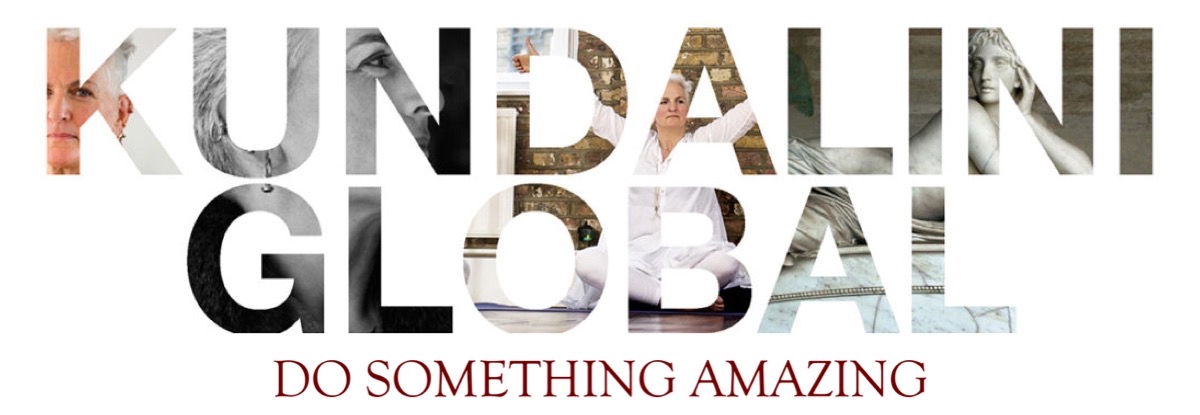When I founded Kundalini Global my aim was to create a practice that was personal. Not to me, to you.
I was asked to describe Kundalini Global in three words and that was the first that came: personal.

To practice Kundalini Global yoga is to learn tools to change yourself, for yourself, by yourself. You do so with a teacher, hopefully an excellent one, as a guide and not a guru.
As a practice it aims to deliver, the second word I chose, liberation. It is about freeing you from the bondage of self. Offering you the opportunity to experience presence, stillness, now. This is in contrast to the state of being most of us are lost in: the pain of the past and the fear of the future.
The final word I chose is about what happens when you commit to the practice over the mid or longer term, neuroplasticity. Sometimes known as neural plasticity.
Kundalini Global helps you to rewire your brain. And our brains need rewiring.
Regulation: notice how you feel and choose to change it
I start my 220-hour yoga teacher training ensuring that all trainees can recognise their ability to regulate – that they can notice that they don’t like how they feel and can choose to change that.
To land here is the beginning of exploring neural plasticity.
How are you behaving?
You could have a moment where you think, “I’m feeling really stressed, my kids are really irritating me. Can you all go away and leave me alone?”
You could slam a door and go and sit in your room thinking, “Argh! everyone is against me, I hate you all.”
You might always disappear and hide when things get stressful. You might get really shouty. You might burst into tears and get everyone around you to make you feel better. You might go really quiet, and abandon the other in that way, withdrawing your love. There are so many ways we behave from a place of dysregulation… and they create suffering. Both within and outside of us.
Take yourself on
Let’s imagine that you start to work with this stuff, you start to take yourself on.
Over time you might start to think, “that’s interesting, I’m using my fear to manage my reality”, or “that’s interesting, I don’t like how I feel.”
How old do I feel?
“How old do I feel?” is a question to come to at the beginning of neural plasticity, at those moments of noticing that you’re triggered/overwhelmed.
At this point you’ve started to become aware. You’ve made a separation.
Previously you got triggered and you were in a child state of being. When there, you behave like a child.
As neural plasticity kicks in you can say “that’s interesting I feel about 5. Is that valid? Do I want to behave as a 5-year-old right now?’
That is what we do. Perhaps you don’t understand that that’s what you do yet, and that’s fine. But we do.
What does choosing to change look and sound like?
“That’s interesting I’m upset.” or “ok, I feel anxious and I feel stressed.”
“What could I do? I could stretch, I could do a breath practice, I could go to class. There are any number of things I could do…”
The ability to recognise the child state is where neural plasticity is starting to work.
Choose yourself, for yourself, by yourself…
We end up with a very different functioning brain in the long term. We end up being able to regulate and to self-reflect rather than self-obsess.
The teachers who train with me have learned how to regulate, make a commitment to doing so, and are well equipped to take you on this journey toward neural plasticity because each of them has walked the path themselves.
If you would like to train with me, find out more about the next Kundalini Global teacher training, which begins in May, over on the Kundalini Global website:








